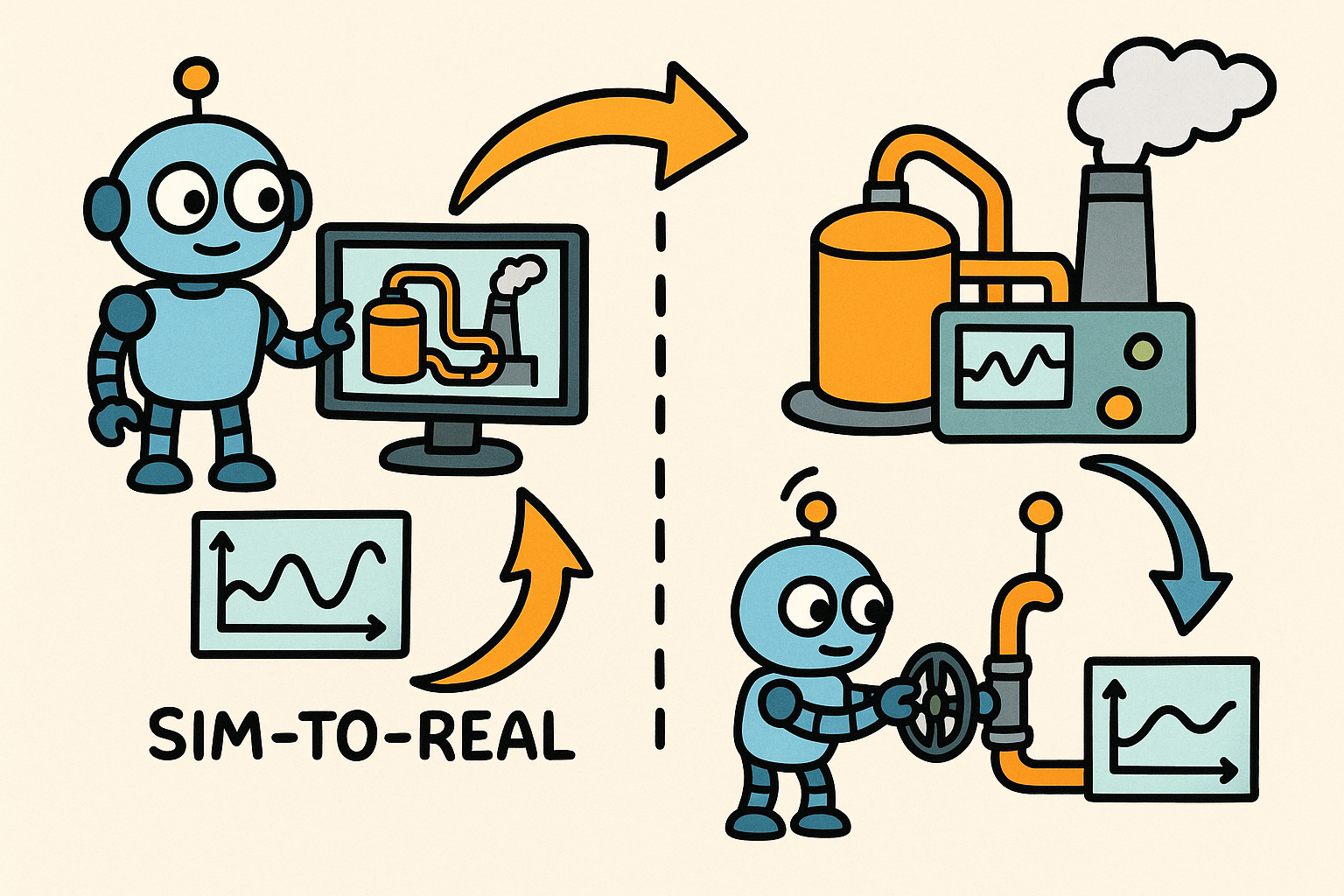Your Cart is Empty
Customer Testimonials
-
"Great customer service. The folks at Novedge were super helpful in navigating a somewhat complicated order including software upgrades and serial numbers in various stages of inactivity. They were friendly and helpful throughout the process.."
Ruben Ruckmark
"Quick & very helpful. We have been using Novedge for years and are very happy with their quick service when we need to make a purchase and excellent support resolving any issues."
Will Woodson
"Scott is the best. He reminds me about subscriptions dates, guides me in the correct direction for updates. He always responds promptly to me. He is literally the reason I continue to work with Novedge and will do so in the future."
Edward Mchugh
"Calvin Lok is “the man”. After my purchase of Sketchup 2021, he called me and provided step-by-step instructions to ease me through difficulties I was having with the setup of my new software."
Mike Borzage
Design Software History: The Evolution and Impact of Cloud Computing in Design Software
September 24, 2024 4 min read


Introduction to Cloud Computing in Design Software
The journey from traditional to cloud-based design environments marks a significant evolution in the design software arena. At its core, cloud computing refers to the delivery of computing services—including storage, databases, software, and more—over the internet (“the cloud”). This paradigm shift has revolutionized how design professionals collaborate, access resources, and execute their projects.
The design industry was initially slow to adopt cloud computing, but the benefits quickly became apparent. One of the first notable instances was when companies started leveraging cloud-based solutions for enhanced processing power and storage capabilities. The ability to access sophisticated design tools without the need for high-end hardware on-site represented a sea change in operational efficiency.
In today's design landscape, the importance of cloud computing cannot be overstated. It offers enhanced collaboration and accessibility, allowing teams to work together in real-time from different geographical locations. This not only streamlines workflows but also facilitates a more inclusive and flexible work environment. Additionally, cloud solutions offer cost efficiency and scalability, enabling firms to scale their resources according to project demands without incurring significant capital expenditure.
Evolution and Milestones in Cloud-Based Design Software
The evolution of cloud-based design software is a tale of pioneering companies and groundbreaking innovations. Autodesk, a titan in the design software industry, made a significant stride with the introduction of Fusion 360. This move highlighted Autodesk’s commitment to embracing cloud computing and showcased the potential of cloud-based design tools. Fusion 360's launch brought to the forefront a suite of features that were previously unimaginable in traditional software.
Another key player in this domain is Onshape, founded by ex-SolidWorks luminaries, including Jon Hirschtick. Onshape was one of the first fully cloud-based CAD systems, offering unparalleled real-time collaboration tools. This innovation allowed multiple users to work on the same design simultaneously, a capability that traditional software struggled to offer.
Several key developments and milestones have marked the journey of cloud-based design software:
- The release of Fusion 360 with its ecosystem of features like integrated CAD, CAM, and CAE tools, which transformed how designers approached their work.
- Onshape’s real-time collaboration capabilities that set a new standard for teamwork in design projects.
When comparing traditional design software to its cloud-based counterparts, the advantages of the latter become evident. Traditional software often required significant hardware investments and was limited by the physical capabilities of the user's machine. In contrast, cloud-based solutions leverage powerful remote servers, offering enhanced performance and scalability. This shift has allowed designers to tackle more complex projects without being hindered by hardware limitations.
Core Technologies and Innovations in Cloud-Based Design
The rise of cloud-based design has been fueled by several key technological advancements. High-performance computing and advanced data storage solutions have been critical enablers. By utilizing the computational power of remote servers, cloud-based design tools can perform complex calculations and renderings at speeds that would be impossible on a standard desktop computer.
Additionally, the development of web-based user interfaces (UIs) and Application Programming Interfaces (APIs) has made these tools more accessible and easier to integrate with other software. This interoperability is crucial for creating a seamless design workflow that can incorporate various tools and resources.
Cloud-based design software has also benefited from the integration of other cutting-edge technologies. Artificial Intelligence (AI) and Machine Learning (ML) are playing increasingly significant roles in enhancing design processes. These technologies enable predictive modeling, automated optimization, and intelligent assistance, thereby improving efficiency and reducing the likelihood of errors.
The Internet of Things (IoT) and real-time data access are other crucial facets of modern cloud-based design. By linking design software to IoT devices, designers can access real-time data, which can be invaluable for projects that involve dynamic environments or require constant updates. This capability allows for more informed decision-making and more adaptive design processes.
Influential Companies and Figures in Cloud-Based Design Software
Several companies have been at the forefront of driving innovation in cloud-based design software. Autodesk, with its flagship product Fusion 360, has been a pioneer in this space. Fusion 360’s comprehensive suite of tools, combined with its cloud-first approach, has revolutionized how design and engineering professionals approach their work.
PTC’s Onshape is another notable player. Founded by industry veterans like Jon Hirschtick, Onshape set new standards for real-time collaboration and cloud-based CAD. The ability to work concurrently with team members from anywhere in the world established Onshape as a leader in cloud-based design solutions.
Siemens also made significant strides with the introduction of NX Cloud. This powerful platform integrates advanced CAD, CAM, and CAE capabilities with cloud-based infrastructure, providing a robust solution for complex engineering challenges.
Key individuals have also played pivotal roles in advancing cloud-based design. Jon Hirschtick’s work in founding Onshape is particularly noteworthy. His vision for a fully cloud-based CAD system has had a lasting impact on the industry. Similarly, Carl Bass, former CEO of Autodesk, was instrumental in pushing Autodesk towards the cloud, recognizing early on the potential of cloud computing to transform design workflows.
Looking ahead, the future of cloud-based design software appears promising. Emerging trends and technologies such as AI-driven design, augmented reality (AR), and virtual reality (VR) are expected to further enhance cloud-based design tools. These advancements will continue to shape the future of design workflows, making them more efficient, collaborative, and adaptive to the ever-evolving demands of the industry.
Also in Design News

Design Software History: Visualizing Engineering Intent: Feature Histories, Constraints, and Semantic PMI in CAD
December 29, 2025 16 min read
Read More
Sim-to-Real Transfer for Closed-Loop Process Calibration and Control
December 29, 2025 12 min read
Read MoreSubscribe
Sign up to get the latest on sales, new releases and more …



